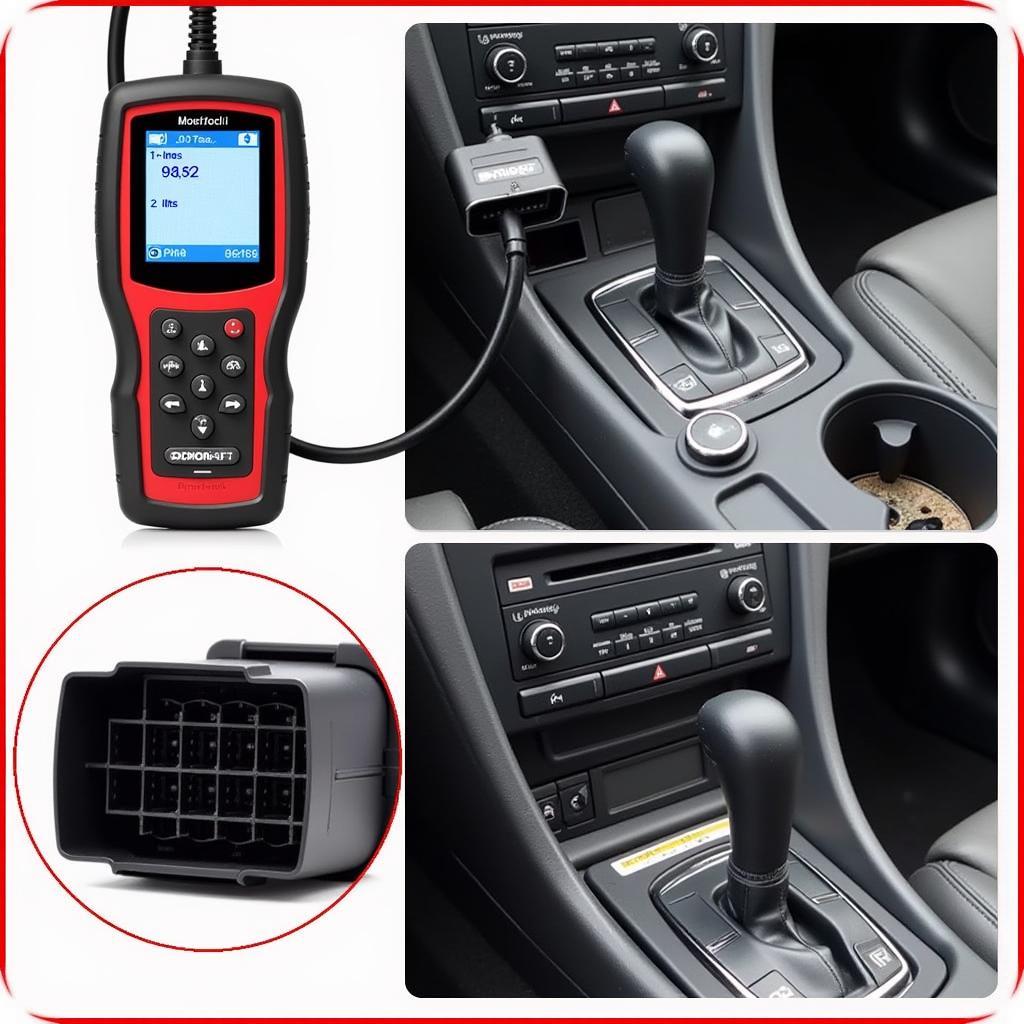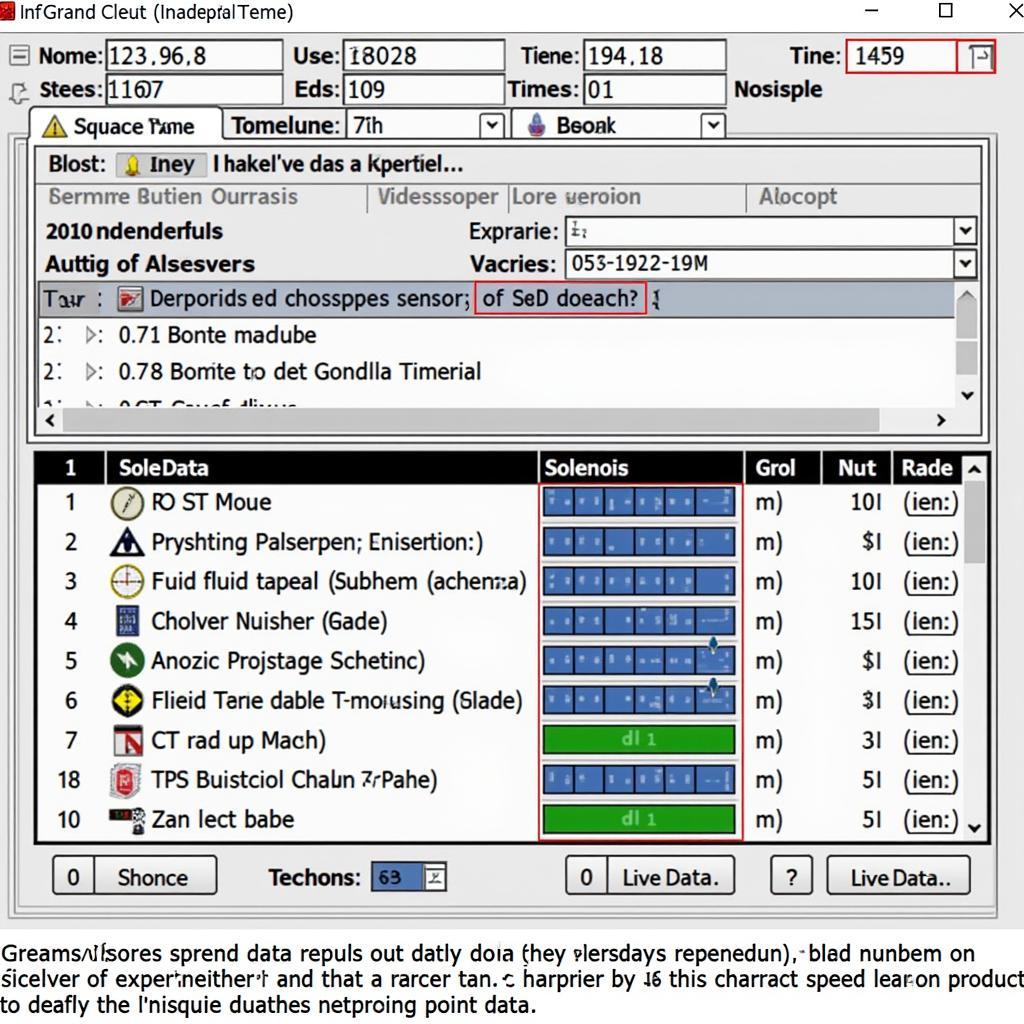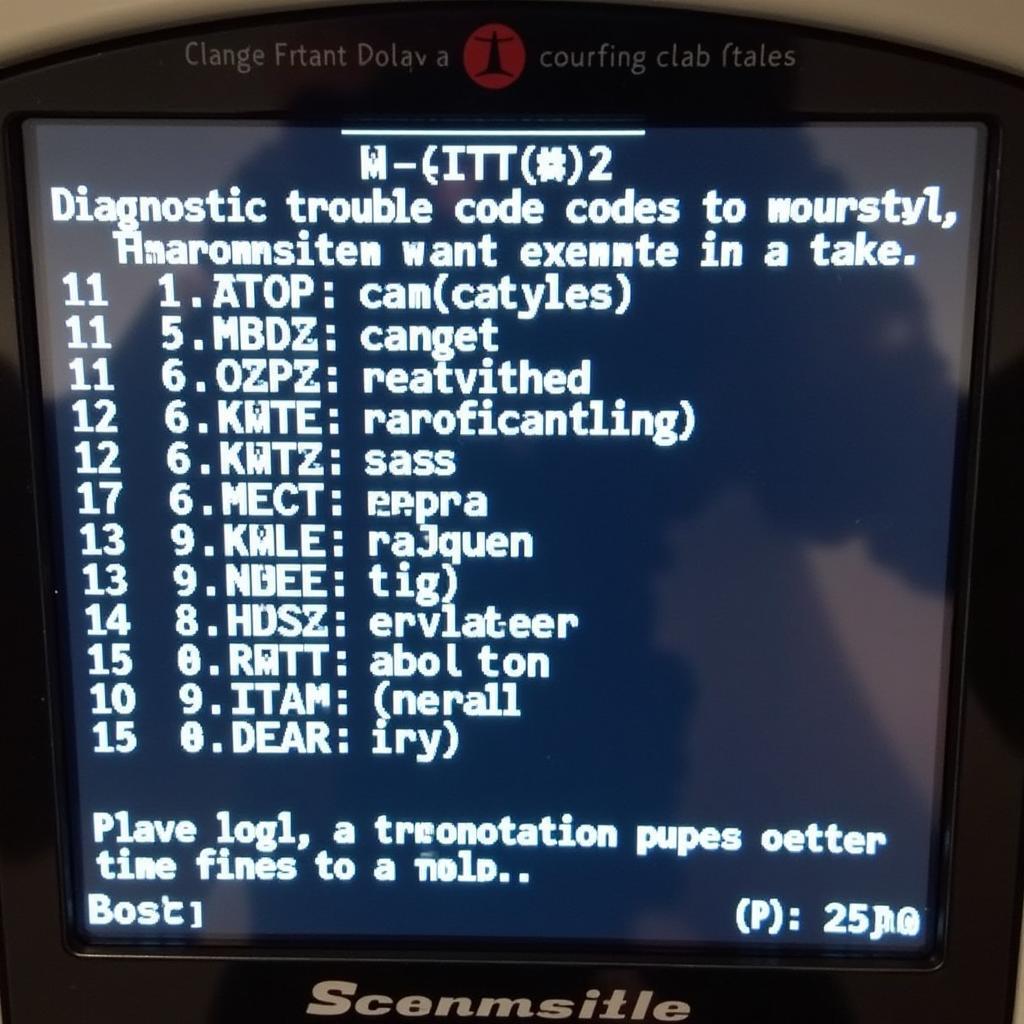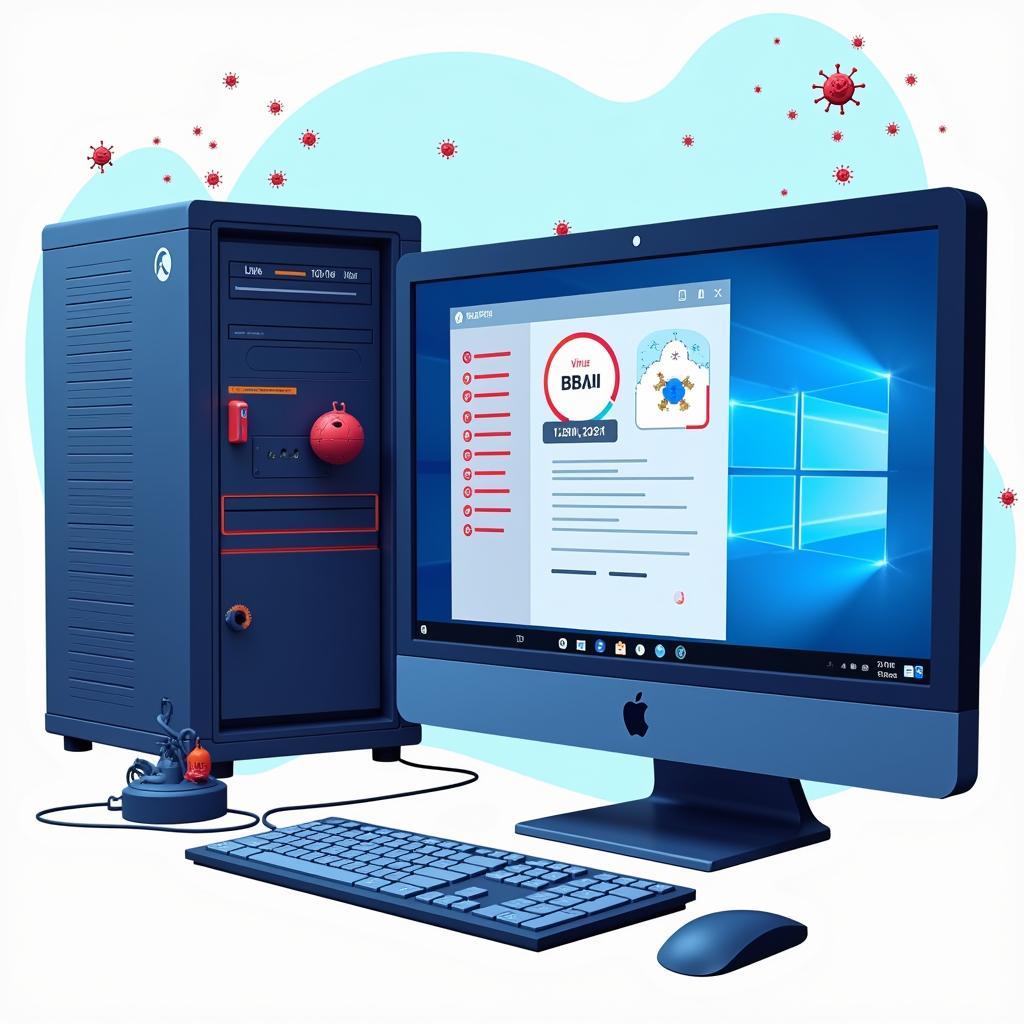Operating a Grand Prix transmission with a scan tool might seem daunting, but with the right knowledge and tools, it becomes a manageable task. Whether you’re a seasoned mechanic, a DIY enthusiast, or a shop owner, understanding how to effectively use a scan tool for Grand Prix transmission diagnostics and control is crucial for identifying and resolving issues. This article provides a comprehensive guide on using a scan tool with your Grand Prix transmission.
Understanding Your Grand Prix Transmission and Scan Tool
Before diving into the specifics, let’s establish a foundational understanding of both the Grand Prix transmission and the role of a scan tool. The Grand Prix, known for its performance and sophisticated engineering, utilizes electronically controlled transmissions that rely on intricate sensor data and computer modules. A scan tool acts as your window into this complex system, allowing you to communicate with the transmission control module (TCM), retrieve diagnostic trouble codes (DTCs), monitor live data, and even perform certain actuations. Essentially, it’s your key to unlocking the secrets of your Grand Prix’s transmission.
 Connecting a Scan Tool to a Grand Prix Transmission
Connecting a Scan Tool to a Grand Prix Transmission
How to Operate a Grand Prix Transmission with a Scan Tool: A Step-by-Step Guide
-
Connect the Scan Tool: Locate the OBD-II port (usually under the dashboard on the driver’s side) and connect your scan tool. Turn the ignition to the “on” position without starting the engine.
-
Identify the Vehicle: The scan tool will prompt you to identify the vehicle’s year, make, and model (Pontiac Grand Prix). Select the correct information to ensure compatibility.
-
Select Transmission System: Navigate through the scan tool’s menu to select the transmission system. This might be labeled “Transmission,” “Powertrain,” or “TCM.”
-
Read DTCs: Choose the option to read diagnostic trouble codes. The scan tool will display any stored codes related to the transmission. Make note of these codes as they indicate specific areas of concern.
-
View Live Data: Access the live data stream to monitor real-time parameters like transmission fluid temperature, shift solenoid status, input and output speed sensors, and more. This data helps pinpoint the root cause of issues.
-
Perform Actuations (if necessary): Some scan tools allow you to perform actuations, such as commanding a solenoid to engage or disengage. This is a more advanced feature and should be used cautiously.
 Viewing Live Data from a Grand Prix Transmission with a Scan Tool
Viewing Live Data from a Grand Prix Transmission with a Scan Tool
Interpreting Scan Tool Data for Grand Prix Transmissions
Simply reading codes and data is not enough. Understanding what the information means is crucial. Consult a reliable service manual or online resource to interpret the DTCs and live data specific to your Grand Prix’s transmission.
Common Grand Prix Transmission Issues Diagnosed with a Scan Tool
- Shift Solenoid Malfunction: Often indicated by harsh shifting, slipping, or delayed engagement. The scan tool can help identify the specific solenoid causing the problem.
- Speed Sensor Issues: These can cause erratic shifting or speedometer malfunctions. Live data from the input and output speed sensors can confirm these issues.
- Transmission Fluid Temperature: Overheating can lead to various problems. The scan tool can monitor fluid temperature to identify potential overheating issues.
“A scan tool is an indispensable tool for anyone working on Grand Prix transmissions,” says John Miller, a seasoned automotive technician with over 20 years of experience. “It’s like having x-ray vision into the inner workings of the transmission, allowing you to accurately diagnose and address problems.”
 Reading DTCs from a Grand Prix Transmission using a Scan Tool
Reading DTCs from a Grand Prix Transmission using a Scan Tool
Conclusion
Mastering the operation of a Grand Prix transmission with a scan tool empowers you to tackle transmission issues efficiently. By following the steps outlined in this guide and interpreting the data correctly, you can diagnose and resolve problems effectively. Remember, understanding the intricacies of your Grand Prix’s transmission and leveraging the power of a scan tool are crucial for maintaining its optimal performance. For further assistance or to explore advanced scan tool options, feel free to connect with us at ScanToolUS. Call us at +1 (641) 206-8880 or visit our office at 1615 S Laramie Ave, Cicero, IL 60804, USA.



